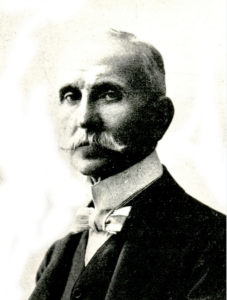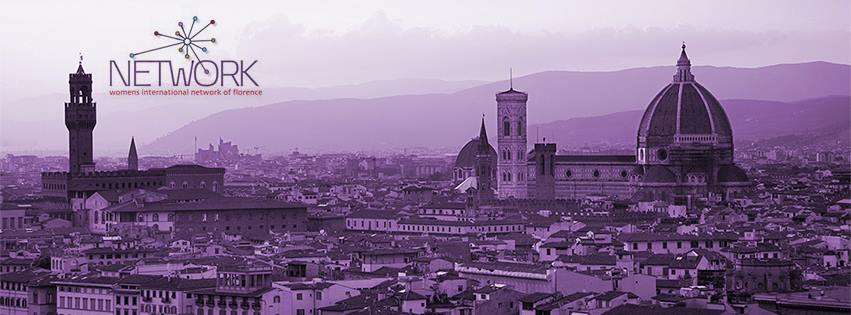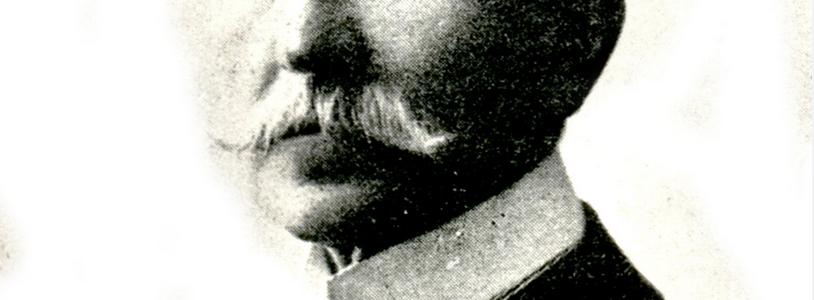October 2023 Meeting speaker recap
Making Renaissance Art circa 1900

A huge untapped archive, much iconic Florentine Renaissance art, and the remarkable entrepreneur of a shady business were the subjects of an eye-opening, at times spine-chilling talk at the October meeting.
For eleven years Lynn Catterson has been interrogating Stefano Bardini (1836–1922). In the late nineteenth- and early twentieth centuries Bardini collected and above all made Renaissance art. His operation spun out across the San Niccolò neighborhood—precisely where WIN meets—from the palace where he lived, the garden behind, to outlying Florentine villas. The Italian State and the Commune of Florence share ownership of the formidable estate that Bardini and his son Ugo left. Palazzo Mozzi, adjacent to Palazzo-, now Museo Bardini is a repository stuffed with Bardini’s things and papers. Another archive at the Oblate complex houses several thousands photographs that had been left in Bardini’s galleries when it was ceded to the city after he died, but has been closed since just before the pandemic.
Catterson does not like Bardini, and, as she profiles him, one can see why. Yet esteem is deserved for this prince of purveyors of Florentine painting and sculpture around 1900. To be sure he had an eye for genuine articles of the type that made Florence the cradle of ‘Renaissance’ art in the Tre-, Quattro- and Cinquecento. He covered his palace walls with great and less great examples of their work.
Bardini’s genius was to understand the mechanics of showcasing items that pleased the eye, attested culture—particularly world-renowned Florentine culture—particularly for those with pockets deep enough to make such things their own acquisition. From his operation flowed a stream of desirable items to satisfy the demand that ran fast and deep. As Italy unified in syncrhonization with Bardini’s activity, it would not be quelched. Everyone wanted what he had, as the visiting cards (at least 6000 of them) from the local and above all international elite of his years prove. Some of the most telling of Catterson’s many illustrations were the maps of Italy and Europe illustrating Bardini’s connections; those places where he presumably got and then he sent his goods. This was everywhere that counted.
Archival records list the many artisans and artists that Bardini marshalled around his San Niccolò headquarters and afield. Who they were, what they were paid, and particularly what they worked with make it clear that he depended on top quality materials, for example in seasoned wood and the best pigments. This must have been a key to his success, just as it had been in the long past centuries when the real things were made. He was a recycler avant la lettre. Vast stores of old frames, panels, and furniture were readily reborn in ‘Renaissance’ works for the hungry market. Beside paintings he offered sculpture, maiolica, and tapestry, for which he ran a dedicated workshop. Catterson’s photo shows a staff of young women neatly dressed in white and aligned before work tables as they learned the trade of tapestry making.
One listener asked if what Bardini had made was art. Another wondered if we might credit him with preservation. Yes and yes, by your reviewer. The alarming fact that Bardini’s works, that is, those made in his years under his aegis, are displayed in numerous world class museums today, indicates the caliber of his artistry. ‘Artistry’ in this case has two senses. First is Bardini’s assessment that there was a market to activate and his energetic strategies to satisfy it. That was artful. Second is the diversified industry he built with associates though whom he could stroke and titillate those distinguished clients who wanted what he had. For them his 300-person team set about making mirror reflections of Bardini’s objects so that their walls might look like his. Old materials and fidelity to old artistic techniques were key to success in the process. Catterson showed how the residences of Mr. Morgan of New York, Ms. Gardner of Boston, and Mr. Bode of Berlin filled with ‘Renaissance’ art from Bardini so as to look like Palazzo Bardini, down to the richly colored walls on which the newly-minted treasures might hang.
No question, art is in the eye of the beholder. We think it’s a masterpiece because we are told it is. What do we really see? Because the artisan-artists of the Ottocento and early Novecento were copyists as chameleon-like as they prove to have been, where is the masterpiece? Which one is the masterpiece? The trouble, as Catterson has learned to her chagrin, is that distinguished institutions and renowned scholars are not happy when a multi-million dollar relic of the fifteenth century turns out to be a considerably younger thing by the likes of a Luigi Bardi, Albert Harnisch, or Angiolo Tricca. As constant targets of merchandizing, each of us would do well to ruminate on the Bardini dilemma—the art of faking.

